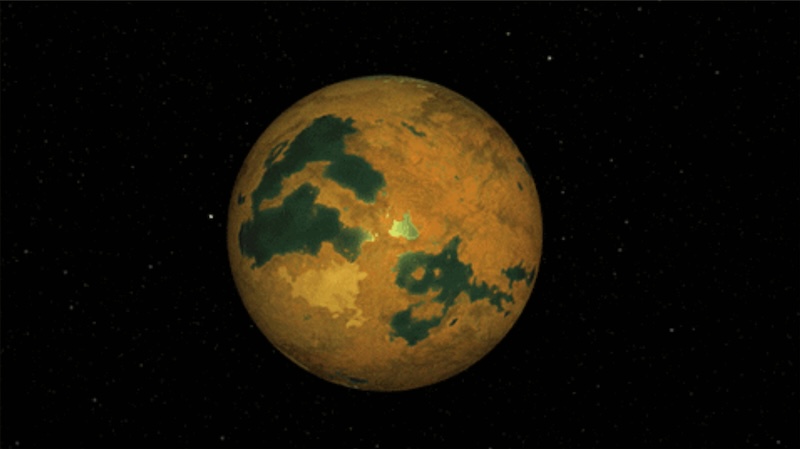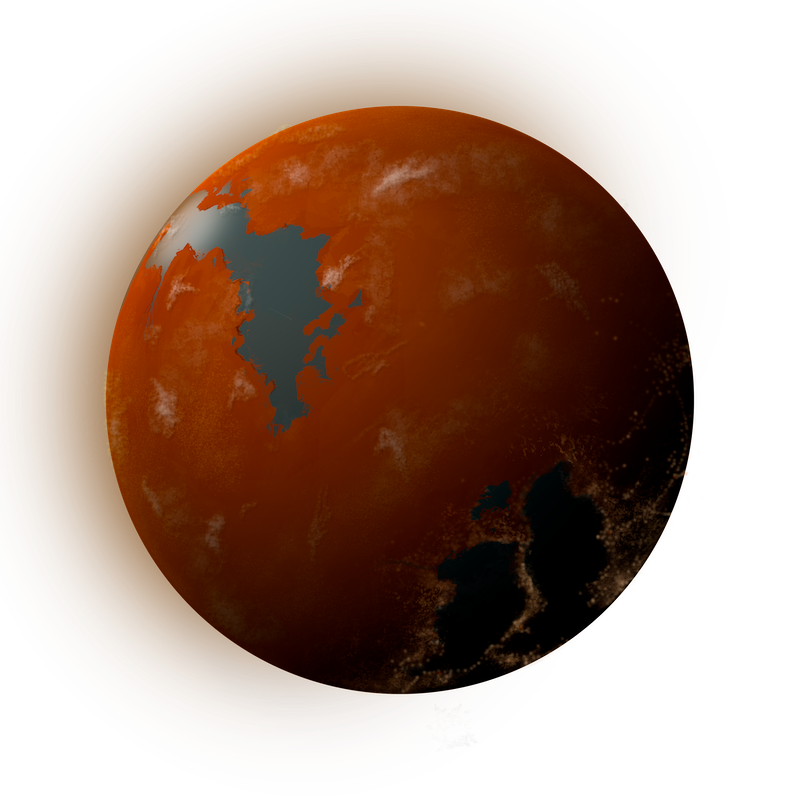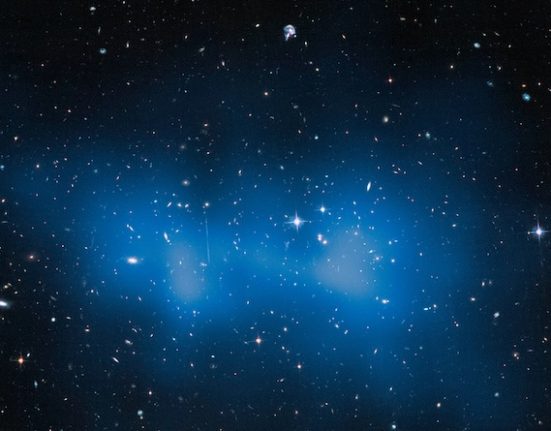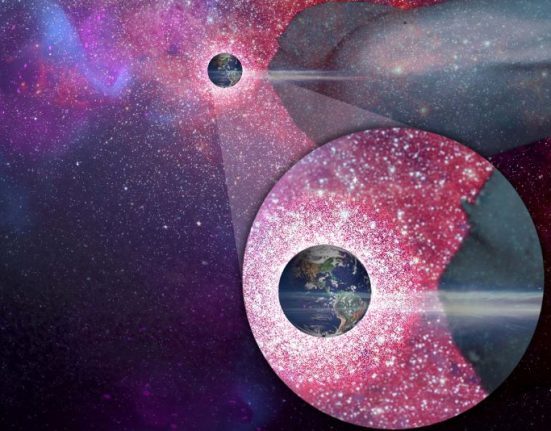
- HD 26965 b, also nicknamed Vulcan after the famous planet in Star TrekIt was thought to orbit the Sun-like star 40 Eridani A, 16 light-years away. But some astronomers had doubts.
- A new study by astronomers Using telescopes at the Kitt Peak National Observatory showed that the planet is probably just an astronomical illusion and does not actually exist.
- Disappointing thoughThere are still thousands of other confirmed exoplanets that astronomers have discovered.
Vulcan was just an illusion
Now you see it, now you don't. In 2018, astronomers said they had found a exoplanet orbiting the sun-like star 40 Eridani A. It didn't take long for the planet to get the vulcan nicknameSpock's home planet Star Trek. This is because the fictional Vulcan was supposedly also orbiting the star 40 Eridani A. But on May 28, 2024, a team of researchers using telescopes in Kitt Peak National Observatory in arizona saying A new study shows that the planet never existed at all. It was an astronomical illusion.
The research team, led by Abigail Burrows at Dartmouth College in Hanover, New Hampshire, and at the Jet Propulsion Laboratory in Pasadena, California, published his peer reviewed results in The astronomical magazine on April 26, 2024.
A real-life Vulcan exoplanet?
Finding a possible planet around the star 40 Eridani A, famous in Star Trek – It was exciting. In fact, the science fiction version of the planet, Vulcan, was a well-known staple of Star Trek tradition as Spock's homeworld. And there might actually be a real planet orbiting that star. and it was alone 16 light years far. Scientists gave it the scientific name HD 26965 b. But after the original discovery in 2018, some astronomers had doubts. In fact, some studies suggested that it didn't actually exist at all.
Even the astronomers who made the possible initial detection of Vulcan in real life warned that it might not be real.
HD 26965 b was thought to be a “super-Earth”. That is, a planet larger than Earth, but smaller than Neptune. It orbited its star every 42 days.
A new search for Vulcan
Now, a new analysis has not only added to the previous doubts, but has practically crushed the idea that HD 26965 b is a real planet. The researchers used high precision. radial velocity measurements that had not been available in 2018. They used a newer radial velocity instrument called NEID, at the Kitt Peak National Observatory. Use the Doppler effect to measure changes in a star's light spectrum. These changes may reveal slight wobble movements due to the planets' gravitational pull.

An astronomical illusion
The researchers looked for the planet's signal in different wavelengths of light coming from the star. As they did so, they found that something was not quite right. There were differences between the individual wavelength measurements and the total measurement when combined. What did that mean?
He suggested that the planet's Doppler signal was rather something that “flickered” on the surface of the star itself. This coincided with the observed rotation of 42 days. It could be due to convection, the movement of hotter and colder layers beneath the star's surface. Starspots, like the sunspots on our sun, and Pests can also play a role. Plagues are bright regions, somewhat like the dark spots on stars. Plage is the French word for beach.
Essentially, the planet was an astronomical illusion. like paper concluded:
…the likely origin of the periodic signal seen in HD 26965 is stellar activity.
40 Eridani A is one of the three stars of the 40 Eridani system, in the constellation Eridano the river. If there were a planet orbiting 40 Eridani A, the other two stars would shine brightly in its sky. 40 Eridani B is a white dwarf starwhile 40 Eridani C is a red dwarf.
There are still plenty of exoplanets out there.
The new and improved radial velocity measurements will also help astronomers identify other false positive exoplanets, which is a good thing. But don't worry, there are still thousands of confirmed exoplanets that astronomers have found. And there will be many more in the months and years to come.
Bottom line: Astronomers thought there might be a real version of Star Trek's famous exoplanet Vulcan orbiting the star 40 Eridani A. But a new study shows it's not real.
Source: The Death of Vulcan: NEID Reveals Candidate Planet Orbiting HD 26965 as Stellar Activity
Read more: Does life imitate art? Astronomers find Star Trek planet Vulcan
Read more: Tatooine exoplanets may be more habitable than we thought













Leave feedback about this